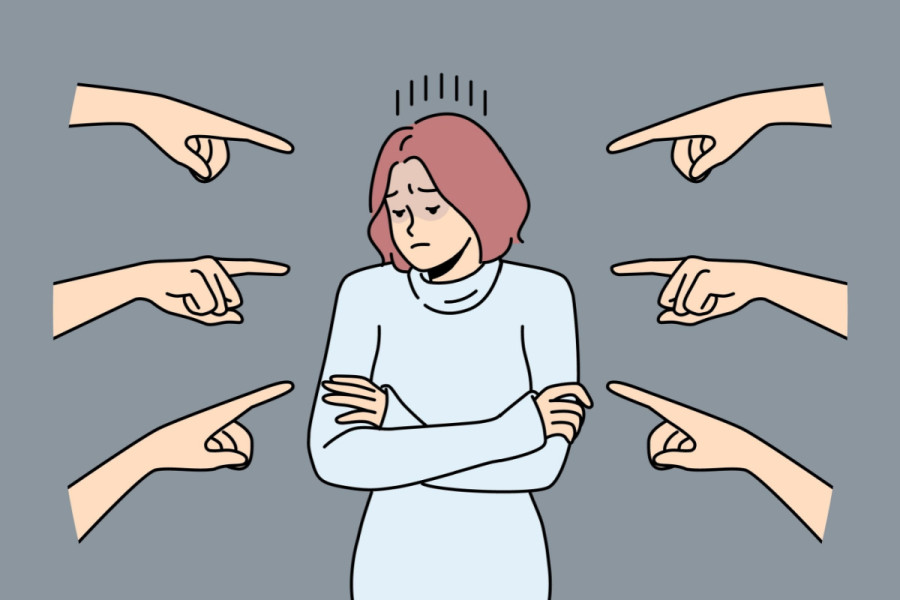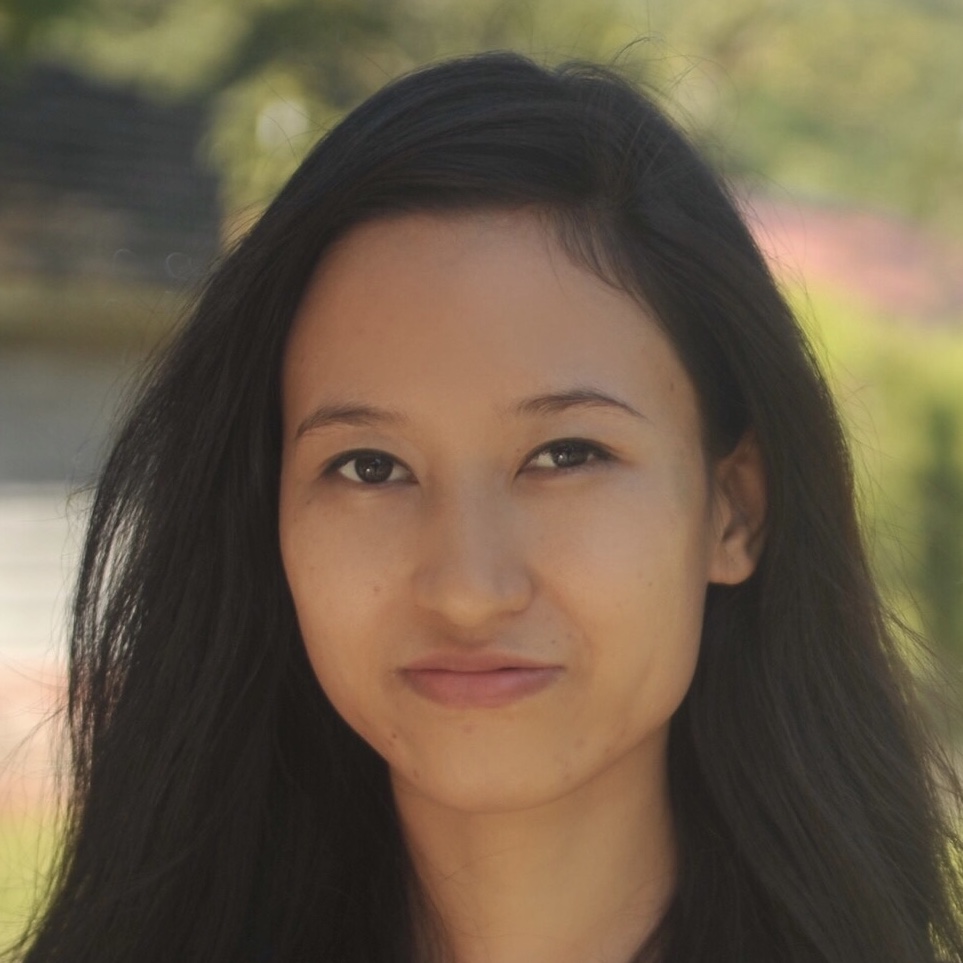Columns
Embrace women’s diversity
The experiences of women of historically marginalised groups aren’t discussed.
Sangmo Yonjan-Tamang
For the past few years, officials have been correcting me whenever I state my name. "How can you continue using your last name Yonjan after getting married to a Thokar?" they say. "Now you are also a Thokar." I am neither astonished nor enraged by such statements because I am not the first woman in my family to go through this. These incidents happened to my mother too because she continued to use her own surname, Moktan, rather than her husband's.
As I become adamant about keeping my surname, they either belittle me for not following the "Nepali" tradition or condemn me for fighting patriarchy. Not only are these comments disrespectful, offensive and inconsiderate, but they also go against my culture, heritage, right to self-identification and dignity. This elucidates how unkind and ignorant Nepali authorities are about the country's cultural diversity.
Traditionally, women from the indigenous Tamang community have enjoyed greater socio-cultural and economic independence than women from the Hindu caste groups. One of the unique features of Tamang tradition is that a married woman continues using her maiden name. Contrary to the practice among Hindu caste women, a Tamang woman's surname does not change after marriage. There are a number of significant reasons for this. There is no ritual known as kanyadan (literally "girl donation") like in a Hindu wedding where the father gives away the bride to the groom. In the Tamang community, the bride's family keeps the ryuisyal (surname) which is symbolic of her bone. During the wedding ceremony, the tamba (spokesperson) from the bride’s side declares, "We have given only our daughter's flesh and blood to you, not her bone."
This implies that the bride's parents have rights and obligations towards their daughter, and her rights are perpetually safeguarded in her natal family. This allows the daughter to visit her parents' home whenever she likes and stay there for as long as she wants. The parents can't go against her decision to leave her husband and must allow her to stay at their home. In the event of her death, the husband's family cannot move her body without the consent of her natal family. This tradition ensures that a Tamang woman doesn't have to submit to her spouse and his family, and shields her from violence, abuse, mistreatment and domination by her husband's family.
Identity in crisis
The identity of Tamang women has been in crisis for decades. They are in a vulnerable situation. The domination, subordination and prejudice which non-Hindu ethnic groups like Tamang have been subjected to for centuries have affected Tamang women immensely. One, they are oppressed and underrepresented in socio-economic and political spheres as a result of historical marginalisation. Two, they are severely impacted by Hindu patriarchal cultural beliefs, values and norms. Their socio-cultural rights have been eroded by laws and policies based on Hindu ideals.
For instance, my grandmother's surname is the same as her husband's in official documents. The administration under Hindu control purposefully altered her last name Bajyu to that of her husband when she got her citizenship certificate. Since she and her husband officially shared the same last name, Yonjan, they were shamed in the community. Tamang culture forbids marriage to someone with the same surname, and the practice is frowned upon and stigmatised. Several Tamang women have experienced such incidents in the past, and many still do today.
The dowry system prevalent among Hindu communities in the Tarai doesn't exist in the Tamang community. This system under which a bride's family provides the groom's family with material possessions (cash and valuable goods) as a condition of marriage has remained an underlying cause of domestic violence against women. Tamang women have the tradition of jho, personal property that originates from her own earnings. She undertakes economic activities while growing up at her parents' house and continues to do so at her husband's house. Her parents and husband don't have any right to her property. Having this economic right not only gives her financial independence but also liberates her from her husband's domination. Another important aspect of the jho tradition is that the assets are passed on from mother to daughter. Nevertheless, the tradition has been affected with the introduction of laws that ensured sons' right to parental property.
As a consequence of the state's assimilation policy, Tamang women began following many Hindu practices created by a patriarchal value system, including segregation during menstruation, dowry system, preference for sons, use of vermilion powder, and celebration of festivals like Teej and Rishi Panchami. Tamangs do not believe that menstrual blood is a source of pollution. For this reason, Tamang women have remained psychologically and emotionally strong, and do not have to face the dangers of the chhaughot where menstruating Hindu women are confined. Therefore, there is no point in Tamang women adopting this tradition.
Distinct identity
Women belonging to historically marginalised groups have distinctive experiences; however, their issues aren't discussed within the dominant gender discourse. The state's current laws and policies concerning women do not recognise the distinct identity and status of indigenous women and their rights as ensured by international conventions. The mainstream women's movements in Nepal have continued to homogenise women regardless of caste, ethnicity, religion, region, language and sexual orientation.
Apart from being oblivious to the issue of traditionally marginalised women, the movement has also been reluctant to promote the rich gender-friendly traditions of various ethnic groups. While the movement continues to cite international instances of gender equality, it is hesitant to identify local indigenous examples of gender practices that support women's economic, social and cultural advancement. There is nothing wrong with creating a space for women who have lost their social and cultural identities to share their experiences and engage in dialogue with other women. It's imperative that these women be educated about and motivated to adhere to their original traditions.
The women's movement needs to consider these factors to become truly progressive and inclusive. It is also crucial for the state to formulate and put into action comprehensive policies to better safeguard, uphold and promote the socio-cultural rights of women from historically underrepresented groups.




 17.12°C Kathmandu
17.12°C Kathmandu















